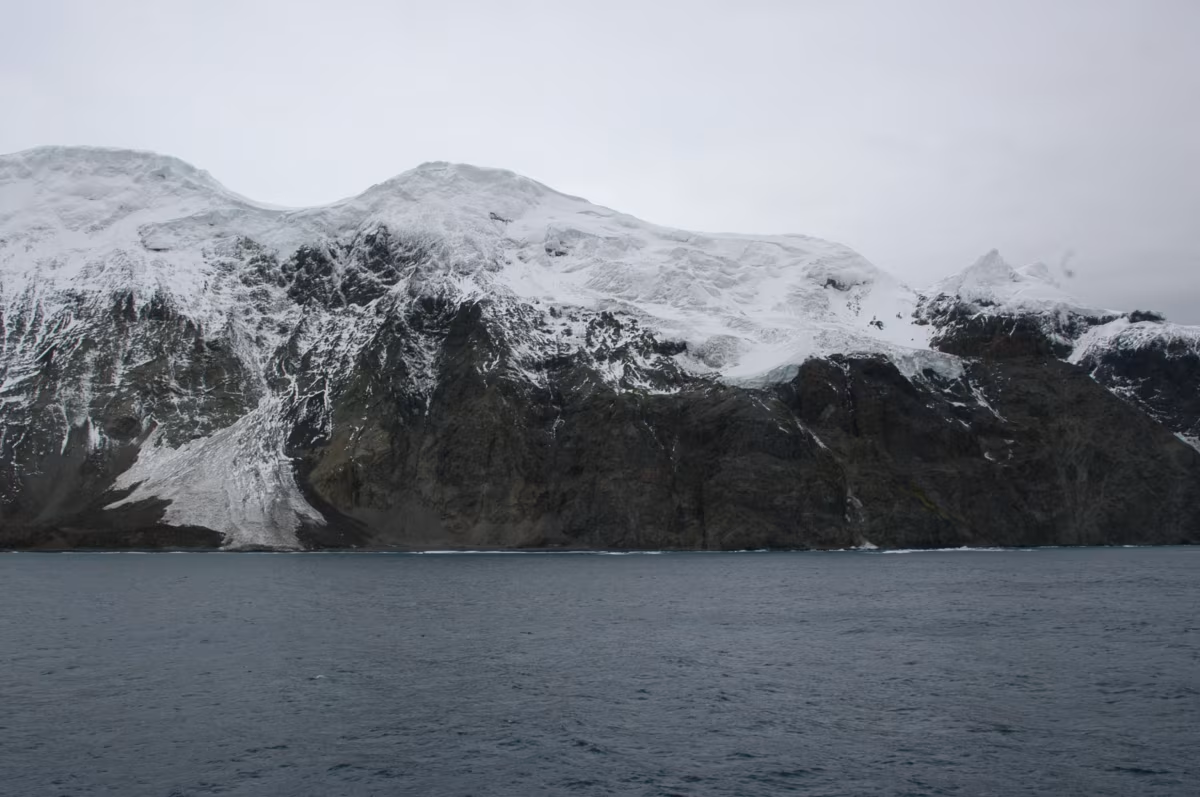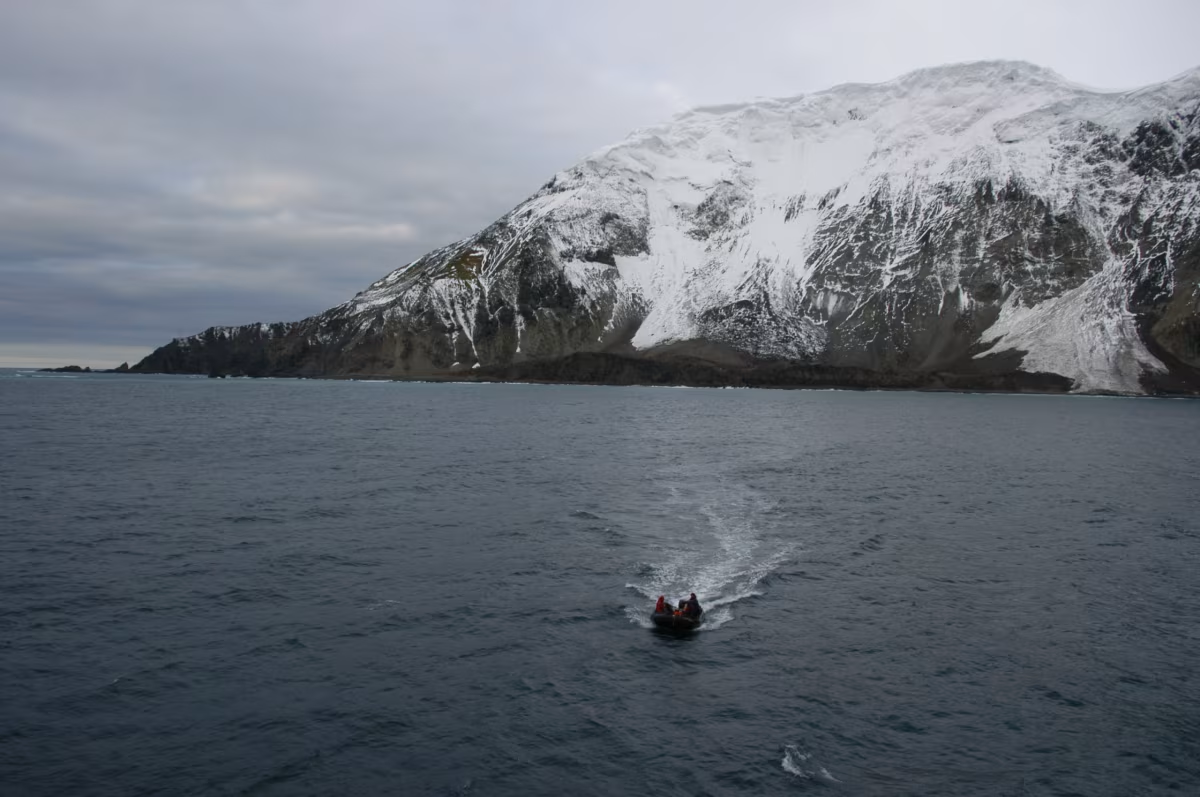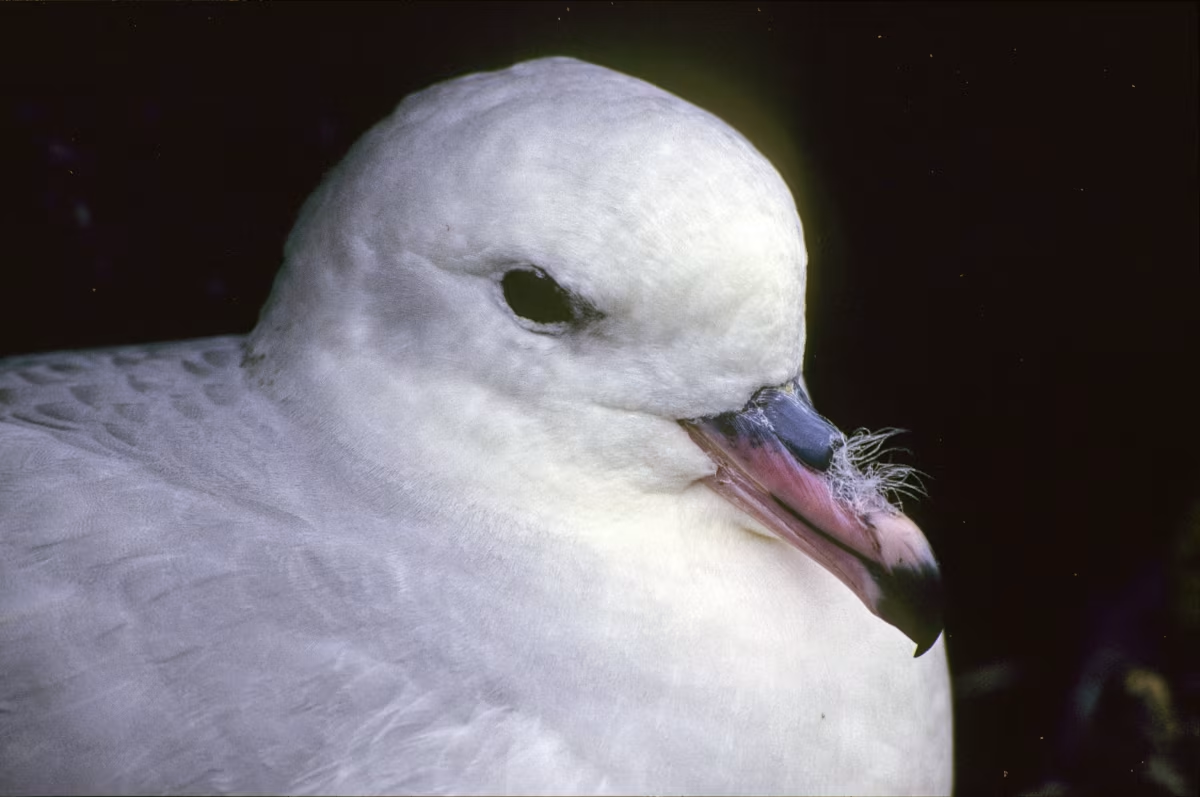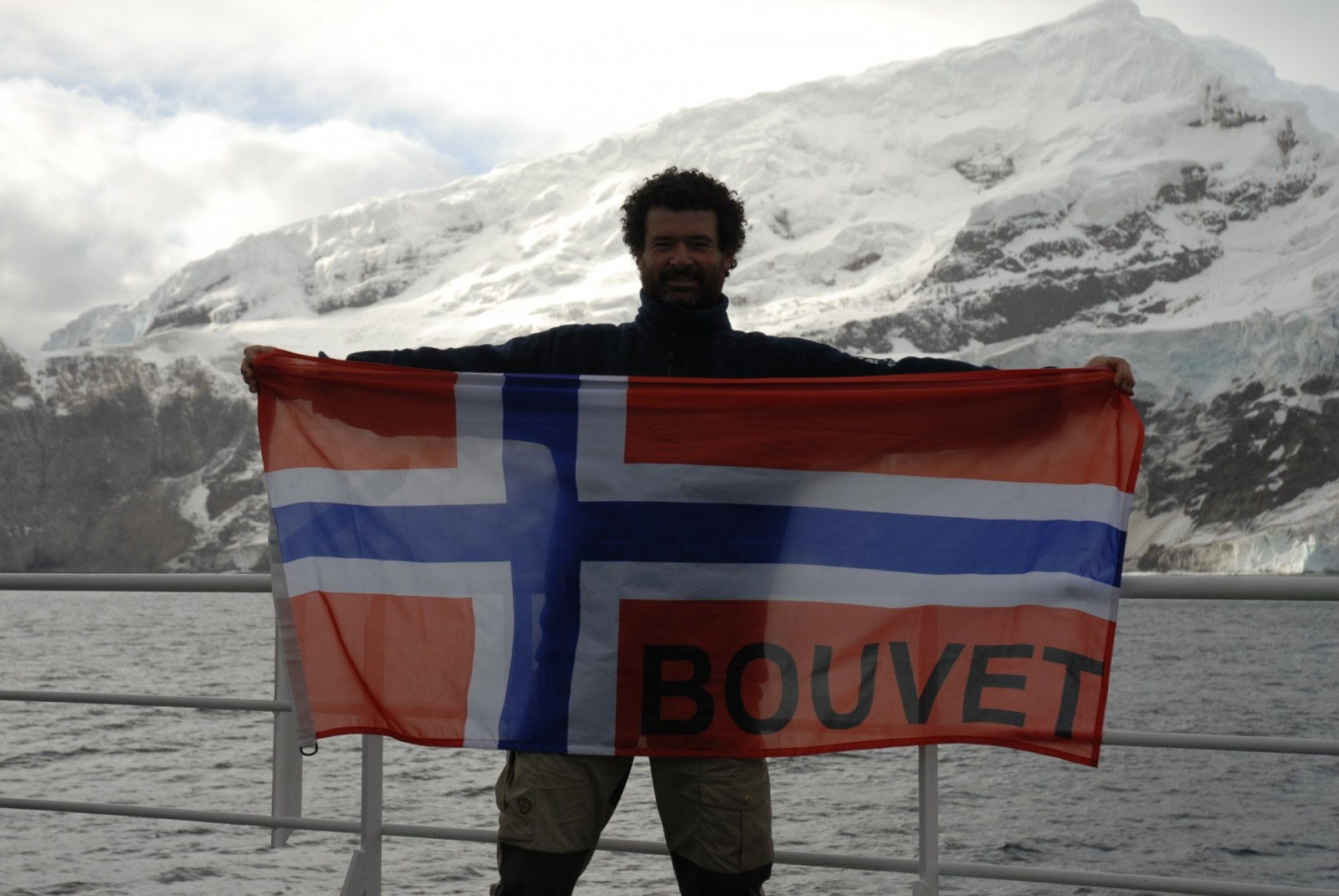Bouvet Island: The Most Remote Island in the World
On January 1, 1739, an amazing discovery was made by French Commander Jean-Baptiste Charles Bouvet de Lozier: a volcanic island that is so remote that one must travel 2,600 km (1,600 miles) to find land that is inhabited on a full-time basis.
This would later (indeed, much later) be called Bouvet Island.
Although there are numerous uninhabited islands throughout the world, Bouvet Island is notable for being almost completely covered by a glacier. It is estimated that only 7 percent of Bouvet Island’s 49 square km (19 square miles) is free of this glacier, while the island’s center is occupied by an inactive volcano filled with ice.
The discovery of Bouvet Island was undoubtedly exciting, though its coordinates were actually inaccurately reported at its first sighting.
This error resulted in Bouvet Island being lost until a British whaler named James Lindsay found it again in 1808. There were several disputes about what the island’s name should be and which nation should control it, but Norway was finally given the honor in 1930.

The modern mystery of Bouvet Island
Due to its remote location, Bouvet Island has never become a commonly visited destination.
Therefore, it was surprising when an abandoned lifeboat was found moored there in April 1964. This discovery led to an examination of Bouvet Island, but no trace of human life was ever found on it.
Interestingly, however, the placement of the boat suggests that the people who were once on board could have easily gotten onto Bouvet Island, making the lack of evidence even more bewildering - and haunting.
Additionally, there are no identifying marks of any kind on the boat. Instead, it seems like this is a modern Bouvet Island mystery fated to remain unsolved.
Fictional approaches to Bouvet Island
Due to the remote location, unknown early history, and mystery of the abandoned lifeboat, it is no wonder that Bouvet Island has attracted the imagination of many writers.
To date, Bouvet Island has been the setting of at least three books and one movie, including the 2004 film Alien vs. Predator.
In this film, the screenwriters chose to use the island’s proper Norwegian name, Bouvetøya. It is important to note, though, that the island depicted in the unrated version of the movie is actually located far from the real Bouvet Island.

Bouvet Island’s where and what
Bouvet Island is located at the far southern side of the Mid-Atlantic Ridge and was officially designated a nature reserve over 40 years ago.
The northwestern section of Bouvet Island, known as Nyrøysa, is the only spot where people can easily access the island. This area is mostly free of ice and is home to a weather station.
Bouvet Island is also fairly rugged in this northwestern portion, characterized by gravel, lava stone, and boulders.
Many researchers have worked in the Nyrøysa area of Bouvet Island: From 1996 to 2006, in fact, there was a field station located there, but it was destroyed in an earthquake.
The wildlife and plant life of Bouvet Island
Bouvet Island is a good place to see penguins and fur seals, particularly chinstrap penguins and macaroni penguins.
The macaroni penguin is one of the most prevalent penguin species in the world, easily recognizable due to its distinctive orange plumes. These migratory penguins dine almost exclusively on crustaceans, prefering to breed in areas with rocky slopes.
This makes Bouvet Island a suitable choice. Indeed, over 4,500 macaroni penguins live on Bouvet Island.
The number of chinstrap penguins on Bouvet Island is much smaller, last recorded at a little over 400. But their meager Bouvet Island numbers are by no means representative of their global populations: There are said to be at least 7 million pairs of chinstraps worldwide.
Chinstrap penguins are easily recognized by the thin black band underneath their beaks.
There are several other bird species to be seen on Bouvet Island, earning it the designation of Important Bird Area by BirdLife International. Snow petrels, black-browed albatrosses, and Antarctic prions are among the most popular.
As for Bouvet Island marine wildlife, it includes a large population of orcas (killer whales) and humpback whales relatively close to shore.
Due to its rich mixture of penguins, seabirds, and marine life, Bouvet Island is an intriguing destination for all wildlife enthusiasts, while plant lovers will appreciate Bouvet Island’s algaes, mosses, and at least one species of mushroom.

Visiting Bouvet Island
One of the many perks of visiting areas like Bouvet Island is that you get the opportunity to see places with little to no infrastructure, something increasingly difficult to do in the modern world. This makes for a once-in-a-lifetime expedition that truly gets you away from everything in your normal daily life.

